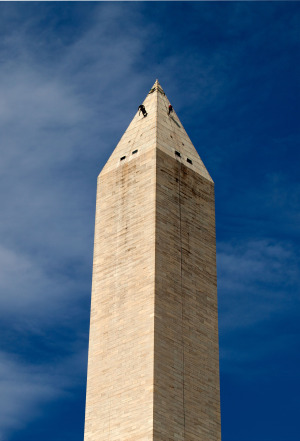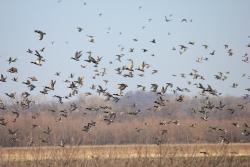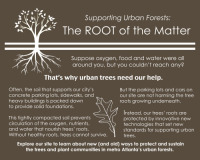Solutions: PUBLIC LANDS PUZZLE # 1
 Saturday, June 21, 2014 at 03:15PM
Saturday, June 21, 2014 at 03:15PM Spoiler Alert: These are the answers to my recently launched "Public Lands Puzzles" series: Word puzzles naming our nation's vast and beautiful public lands. To get next month's installment, just drop me an email.
Uh-oh. Are you stumped? Find the answers to Public Lands Puzzle # 1 here:
Okefenokee National Wildlife Refuge, Folkston, Georgia
Scrambled: KKOOEEEENF ANNOLIAT FELLIDWI FREGUE
Known to early Indian tribes as “The Land of the Trembling Earth,” the Okefenokee is a vast cypress swamp (actually a type of peat bog) on the Georgia-Florida line. Think alligators -- lots of alligators. My favorite adventure there: Watching a family of sandhill cranes step delicately through the wetlands. The baby was still young and clumsy on long unsteady legs, like a foal. He kept falling down in the muck. See samples of our work on the visitor center.
El Yunque National Forest, Puerto Rico
Scrambled: LE QNUUEY LITAAONN SOFETR
The only tropical rain forest in the USDA Forest Service system, El Yunque is a tropical paradise of lush vegetation, bright flowers, and rare Puerto Rican parrots. We worked on interpretive trail signs here.
Bighorn Canyon National Recreation Area, Ft. Smith, Montana
(Scrambled: IGBNHRO YNNACO TANOILAN TRRAEIGCNE AAER)
People in Montana call this “the grandest canyon of the northern Rockies” because of its astonishing geology and 1,000-foot-high canyon walls. I loved the windswept vistas, wild horses, abandoned ranch sites, and the (never realized) chance to spot a sure-footed bighorn sheep. Take a look at our Long-Range Interpretive Plan for this site.
John Muir National Historic Site, Martinez, California
Scrambled: NJHO RMIU IANTONLA SRITOIHC IEST
When he wasn’t out exploring Yosemite Valley, the father of the National Park Service lived in this Victorian mansion and managed his father-in-law’s orchards. John Muir’s grandson attended our interpretive planning workshops, and on our afternoon off, we climbed nearby Mt. Wanda (named for Muir’s daughter). View our Long-Range Interpretive Plan.
Hope you enjoyed the quiz. Stay tuned for another one next month.






